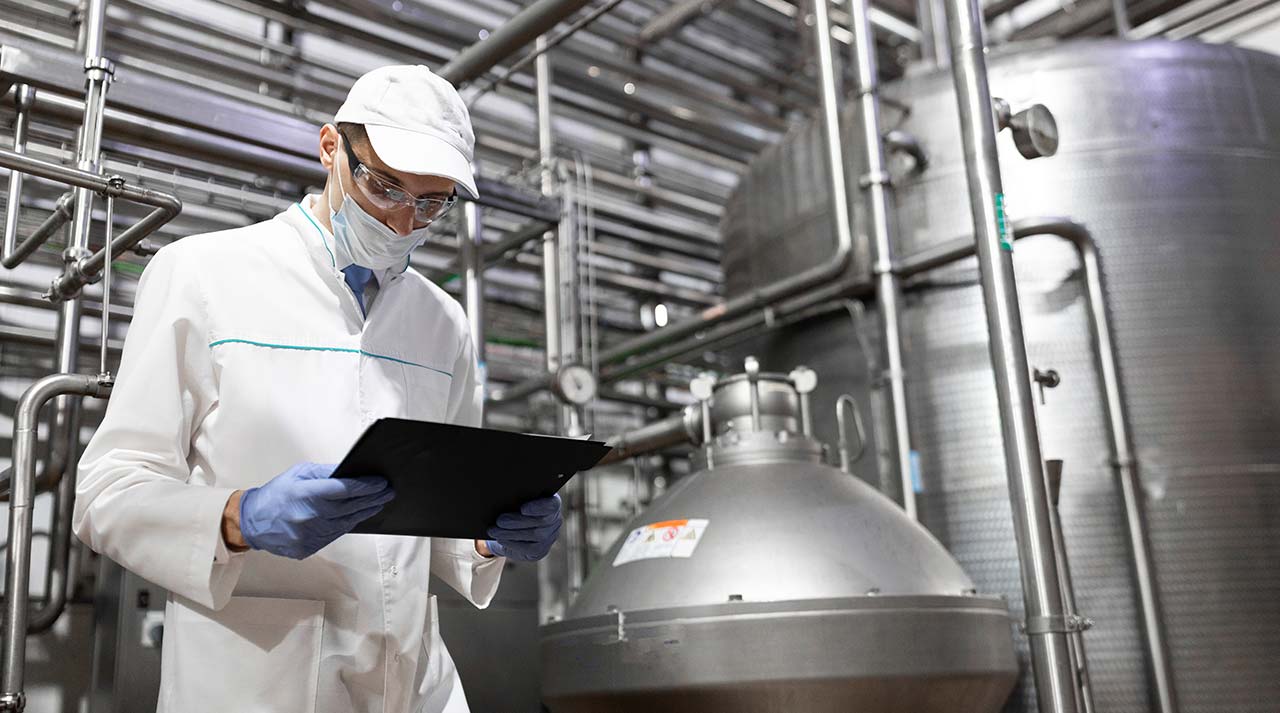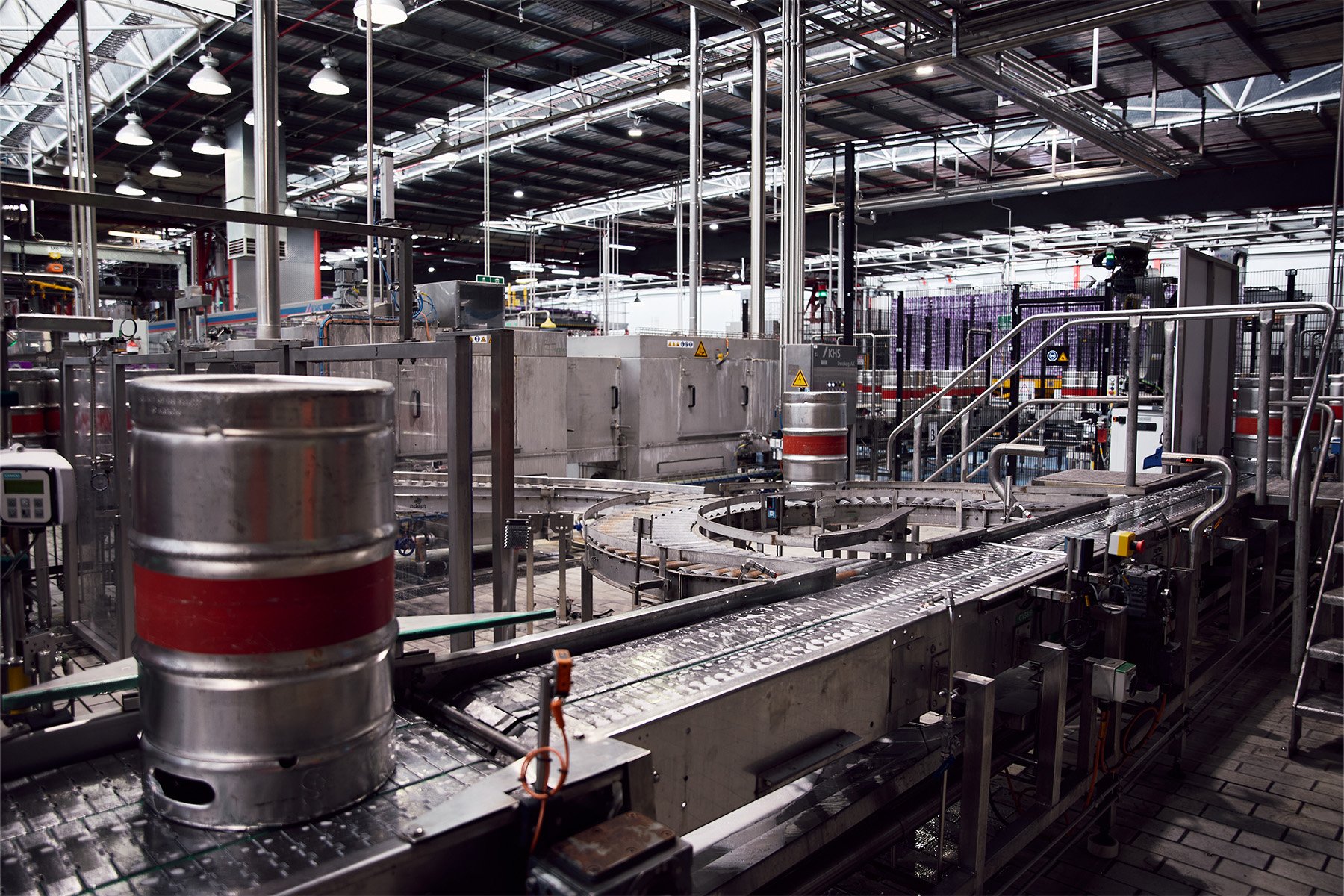Encouraging the adoption of technology to improve outputs, quality and efficiencies often bring with it questions of where operators fit in current manufacturing technology trends.
In this article, Nukon's Rafael Amaral and Kim Fiddaman share some of the insights they've gathered while implementing technology in an operations context.
If you are keeping up with where the manufacturing industry is heading, you will see diverse trends and approaches. So much new technology is being deployed, and COVID-19 places higher urgency on the uptake.
Historically, we have implemented excellent tools to drive workforce behaviour and asset performance visibility. Tools such as Six Sigma and Lean brought an increase in efficiency and a reduction in errors. OEE and historians provide a great level of understanding of machine efficiency, albeit in the rear-view mirror.
More advanced operations implemented MES software (at a massive cost), which gave them full awareness of material movement, yield, but in contrast, further increased the complexity of an operator’s role in understanding and using yet another system.
It’s absurd that so many manufacturing facilities still make heavy use of Excel and paper-based systems when we have such powerful mobile devices in our pockets.
Many attempts to digitise these systems suffer poor user adoption rates, either because they aren’t mobile-friendly and still require an operator to be tied to a desktop PC, or they increase the amount of operator effort to enter data.
We heard our customers when they said:
Operators still have good and bad days, a wrong decision can have a big impact.
The result of new trends and existing software systems is a more complex work environment where operators are required to know more and do more. If we’re asking more of operators, first we need to simplify and support their existing workload, affording them the time to take on any additional complexity.
But how do we do that? Existing methods of giving operators more training and clearer standard operating procedures is asking too much of them.
It’s time for a different approach.
Increasing equipment visibility lacks the support operators need
Even though we see a desire to increase visibility over the machinery and equipment to drive business value, we don’t see many technological options to provide management with visibility over an operator's performance, task completion, and schedule adherence. There are even fewer technological options to guide operators through their tasks based on what happens in real-time around the existing equipment running in the manufacturing site.
The workforce forms a sizable portion of a company's P&L and working towards a higher efficiency level should be a continuous journey. Organisations should always be looking for the right toolset, whether in a people-skills format, a business process change, or a technology adoption that can increase efficiency, quality, or throughput. What if technology could be adopted that brought about improvement in business process and fostered the up-skilling of people?
We need a technological shift in thinking.
What if...
What if we could map out each manufacturing process, execute that process in software and have it delegate tasks to operators to complete via a simple automated task list user interface on a mobile device?
What if tasks allowed mobile device cameras to scan barcodes and take photos to increase the speed and accuracy of data capture? And what if the user interface to completing tasks was intuitive enough that no training was required, making user adoption incredibly high?
What if we could measure the delegation, completion, and conformance of those tasks to understand adherence to process and provide alerts and statistics when process adherence was poor?

What if failed tasks could escalate the process to assist the operator in resolving the issue or delegate tasks to support personnel such as a team leader, quality assurance team, or maintenance team?
What if we could up-skill operators to think and act more widely than just the machine they're operating, and begin actioning tasks from any area of the manufacturing facility? And what if the manufacturing process could then be optimised and balanced between the workforce to improve resource utilisation, increase product throughput and quality, and decrease operator overload and burnout?
What if this approach provided an alternative to traditional machine and inventory focused MES, OEE, and machine data visualisation software. One that not only facilitated and measured the operator’s process performance but also provided a map of what is happening on the shop floor?
The reality of these trends is closer than we think
Right now, Nukon is developing and implementing technology for our customers that realises the ‘what if’ scenarios above, and we’re witnessing dramatic positive change in manufacturing that was previously undiscovered.
We’re excited to dig deeper into each of these areas, providing you with examples and use cases that helped our customers make this fundamental change in approach to unlock industry 4.0 and all that it’s been promising. We look forward to sharing these with you in upcoming articles.





